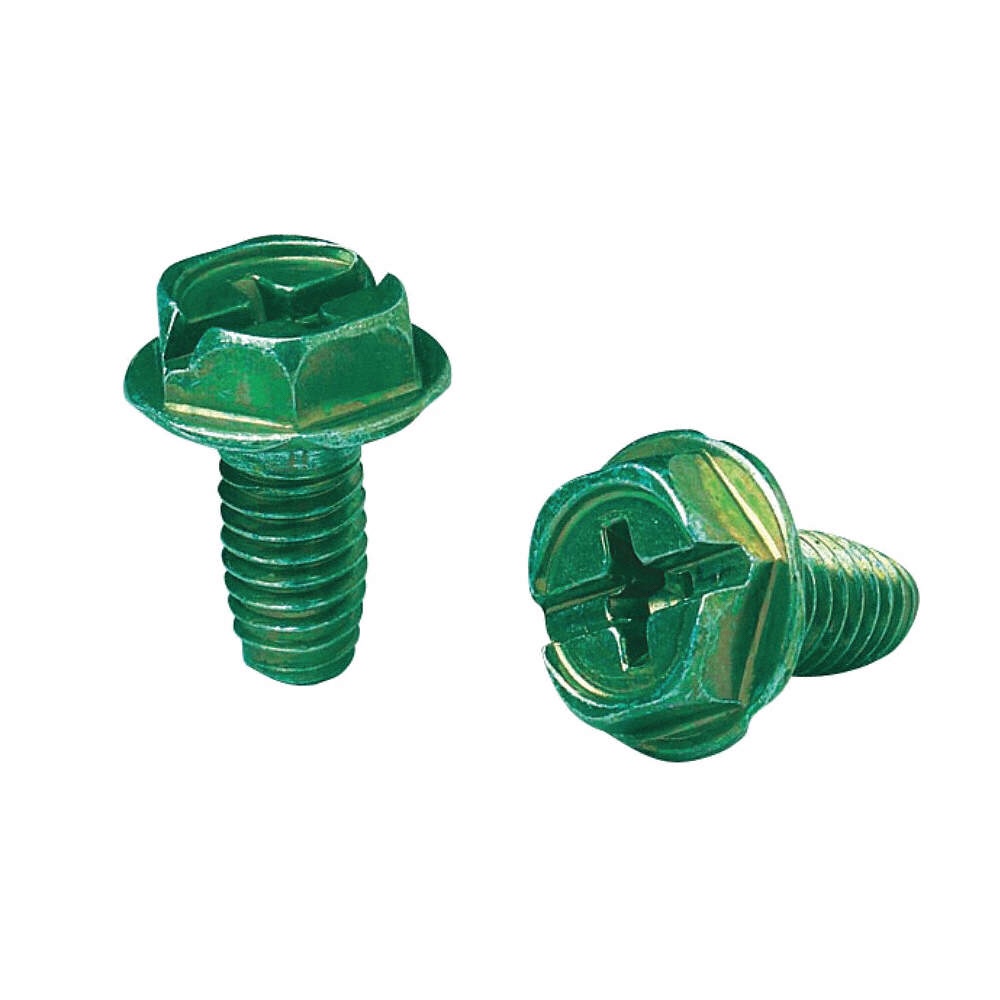Get Tech Tips
Subscribe to free tech tips.
Equipment Grounding

The grounding and bonding process is important, and it's a fairly broad topic.
In HVAC/R, we generally just need to make sure that we properly connect the conductors (wires) provided to the proper connection points in the equipment and occasionally the disconnects.
These connection lugs or green screws are rated for grounding so long as the system is “listed” by UL or another listing agency recognized by the NEC (National Electrical Code).
In other words, if you follow manufacturer specs and diagrams, you are in good shape.
There are some cases where we are tasked with making proper grounding connections when making repairs and adding in accessories.
I'm going to encourage you to take more time when grounding rather than simply wrapping a wire around a random equipment screw and calling it a day.
There are practical and code reasons for this, but one of the most compelling reasons is that you don't want to have been party to an injury caused by poor grounding.
Now, for the code reasons…
The National electrical code wants us to use grounding connections listed and designed for that purpose or making sure that we use screws that have:
at least two threads engaged or a nut connected on the opposite side.
And that can be tricky to accomplish when connecting to sheet metal.
Let's take a look at exactly what the code (NEC NFPA 70® 2017) has to say:
250.8 Connection of Grounding and Bonding Equipment.
250.8(A) Permitted Methods.
Equipment grounding conductors, grounding electrode conductors, and bonding jumpers shall be connected by one or more of the following means:
250.8(A)(1)
Listed pressure connectors
250.8(A)(2)
Terminal bars
250.8(A)(3)
Pressure connectors listed as grounding and bonding equipment
250.8(A)(4)
Exothermic welding process
250.8(A)(5)
Machine screw-type fasteners that engage not less than two threads or are secured with a nut
250.8(A)(6)
Thread-forming machine screws that engage not less than two threads in the enclosure
250.8(A)(7)
Connections that are part of a listed assembly
250.8(A)(8)
Other listed means
One of the most common disputes about grounding involves the type of screws used, so let's take a quick side path to address that.

Take a look at the threads on each of these screw types. You will notice that the thread cutting (forming) and traditional machine screws have a fine thread with a less aggressive pitch, while the drilling and tapping screws are designed to be “driven” into metal.
The NEC mentions a “machine screw,” but the definition of what exactly is and isn't a machine screw can vary, so we won't use that alone to exclude self-drilling, self-tapping, and equipment screws.
We know that, traditionally, when someone says a machine screw, they are talking about the finer-threaded screw that can accept a nut. Obviously, there is no way to put a backing nut on any “drilling” type or typical HVAC equipment screws.
It all comes down to the thickness of the metal and how many threads are engaged. That is why many equipment grounding screws are set into an extrusion or dimple in the metal, and the screw is tapped into it.
When you are in a pinch, you can always use a machine screw and a backing nut, and the NEC says you are fine. You will notice that section 250.8 says nothing about the screw needing to be green… so, at least you can save on green paint.
—Bryan
Addendum
After I wrote the initial article, it was pointed out that there IS a section about the equipment grounding screw needing to be green or marked. Thanks to Michael Labanz for pointing out this section.
250.126 Identification of Wiring Device Terminals.
The terminal for the connection of the equipment grounding conductor shall be identified by one of the following:
250.126(1)
A green, not readily removable terminal screw with a hexagonal head.
250.126(2)
A green, hexagonal, not readily removable terminal nut.
250.126(3)
A green pressure wire connector. If the terminal for the equipment grounding conductor is not visible, the conductor entrance hole shall be marked with the word green or ground, the letters G or GR, a grounding symbol, or otherwise identified by a distinctive green color. If the terminal for the equipment grounding conductor is readily removable, the area adjacent to the terminal shall be similarly marked.
Informational Note Figure 250.126 One Example of a Symbol Used to Identify the Grounding Termination Point for an Equipment Grounding Conductor.











Comments
To leave a comment, you need to log in.
Log In